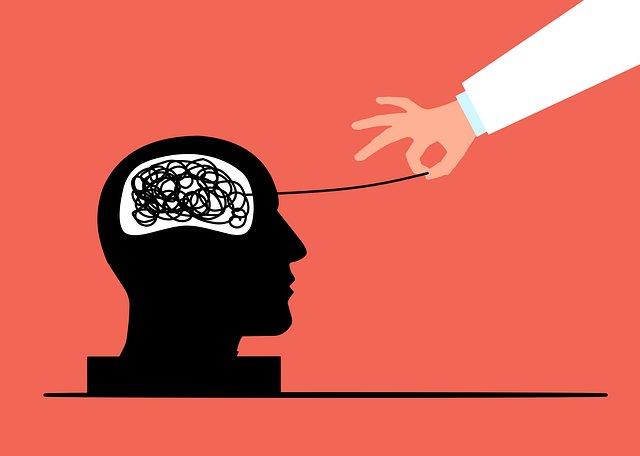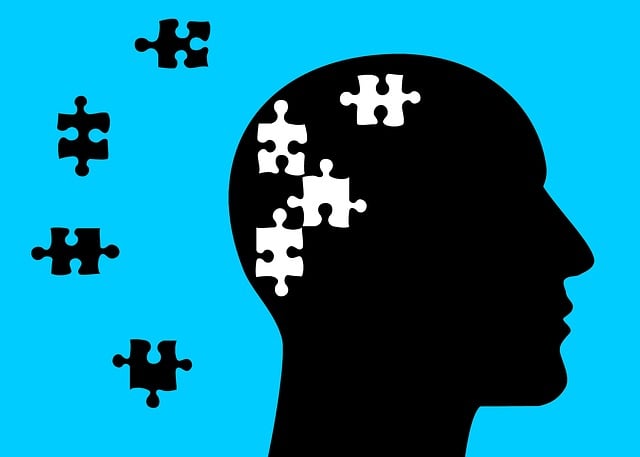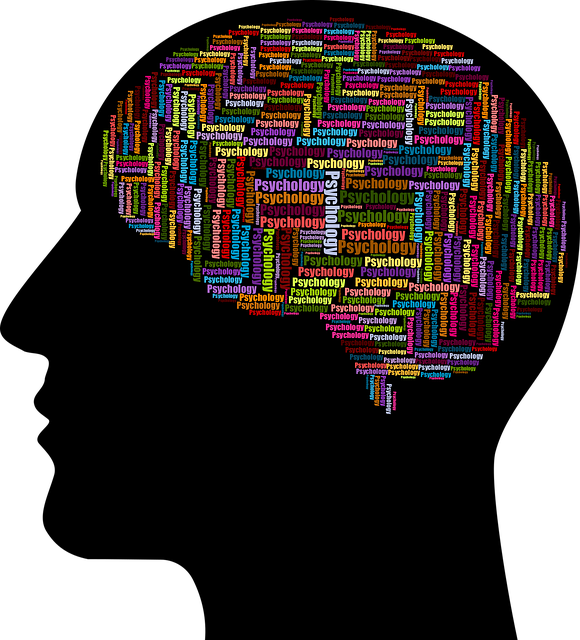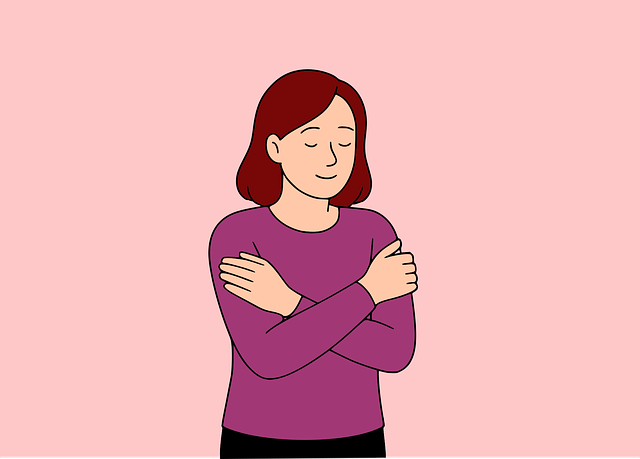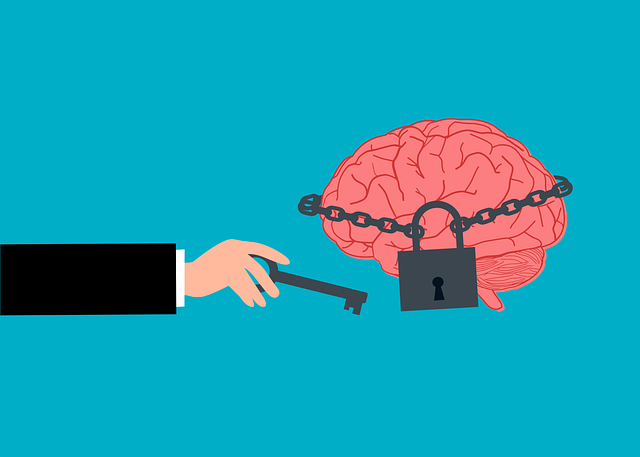Mental wellness programs emphasizing holistic approaches aim to prevent and manage mental health disorders, focusing on emotional, psychological, and social well-being. These programs implement various strategies, including Superior Sexual Addiction Therapy (SSAT), to address specific issues like sexual addiction. Success is evaluated using multifaceted approaches combining structured interviews, self-report questionnaires, and observational measures. Qualitative assessments provide deeper insights into program effectiveness by exploring participant experiences and perspectives, aiding in stigma reduction and encouraging self-care practices. Quantitative metrics assess attendance rates, therapy module completion, and symptom severity changes, enabling policy analysis and advocacy for tailored mental health education. Continuous improvement cycles based on participant feedback ensure programs remain relevant and effective.
Mental wellness programs play a crucial role in fostering holistic well-being, especially in addressing specific issues like sexual addiction. This article delves into evaluation methods essential for measuring the effectiveness of such programs. We explore various approaches, from defining and understanding mental wellness initiatives to qualitative and quantitative assessment techniques, focusing on case studies like Superior Sexual Addiction Therapy. By examining these methods, we aim to highlight strategies for continuous improvement, ensuring programs adapt and enhance their impact over time.
- Defining Mental Wellness Programs and Their Purpose
- Evaluating the Effectiveness of Superior Sexual Addiction Therapy
- Qualitative Assessment Techniques for Program Analysis
- Quantitative Metrics in Measuring Mental Health Initiatives
- Continuous Improvement: Using Feedback for Program Enhancement
Defining Mental Wellness Programs and Their Purpose

Mental wellness programs are structured interventions designed to promote overall well-being, prevent mental health disorders, and support individuals in managing existing conditions. These programs go beyond traditional therapy by adopting holistic approaches that cater to various aspects of an individual’s life, including emotional, psychological, and social well-being. The primary purpose is to enhance resilience, foster positive coping mechanisms, and create sustainable improvements in mental health outcomes.
One key area these programs often target is sexual addiction, exemplified by Superior Sexual Addiction Therapy, which aims to address the complex nature of such addictions. By integrating evidence-based practices and a nuanced understanding of mental health, these therapies seek to improve not just symptoms but also overall quality of life. In addition to direct therapy, mental wellness initiatives may include community outreach, education campaigns on Mental Health Awareness, and advocacy efforts for Mental Health Policy Analysis and Advocacy to ensure supportive environments at both individual and societal levels. Moreover, strategies such as Depression Prevention play a crucial role in promoting mental wellness by identifying and mitigating risks early.
Evaluating the Effectiveness of Superior Sexual Addiction Therapy

Evaluating the success of Superior Sexual Addiction Therapy (SSAT) is paramount in understanding its effectiveness as a mental wellness program. This involves meticulously designed assessment tools to measure changes in participants’ behaviors, attitudes, and emotional well-being both pre and post-intervention. The process should capture the nuanced aspects of sexual addiction, including its impact on relationships, self-esteem, and overall mental health.
A comprehensive evaluation should incorporate various methods, such as structured interviews, self-report questionnaires, and observational measures. These tools should be tailored to assess specific outcomes related to SSAT’s key components—emotional intelligence, mindfulness meditation techniques, and behavioral strategies for managing sexual urges. By integrating these assessment methods, professionals can gain valuable insights into the program’s strengths, areas for improvement, and its overall contribution to participants’ long-term mental wellness coaching programs development.
Qualitative Assessment Techniques for Program Analysis

In evaluating mental wellness programs, particularly those focused on complex issues like sexual addiction, qualitative assessment techniques offer a deeper understanding. Methods such as in-depth interviews and focus groups allow participants to share their experiences and perspectives, providing valuable insights into program effectiveness. By gathering rich data through open-ended questions, researchers can explore individual narratives, uncover hidden barriers, and identify unique aspects of the program that resonate with different individuals, such as the Superior Sexual Addiction Therapy approach.
These qualitative methods are especially powerful in examining the social and cultural contexts surrounding mental illness. They can help assess how programs contribute to or challenge stigma reduction efforts, a crucial aspect in encouraging self-care practices. Unlike quantitative assessments, which focus on statistics and numbers, qualitative analysis delves into the complexities of human experiences, offering nuanced insights that inform policy analysis and advocacy for better mental health support.
Quantitative Metrics in Measuring Mental Health Initiatives

In evaluating mental wellness programs, particularly those offering Superior Sexual Addiction Therapy, quantitative metrics play a pivotal role in assessing their effectiveness. These measures include statistical analyses of key indicators such as participant attendance rates, completion percentages of therapy modules, and changes in symptom severity scores before and after treatment. By employing these metrics, researchers can gain valuable insights into the program’s impact on individuals’ mental health. For instance, tracking the number of clients who complete the entire therapy course successfully can indicate high levels of engagement and potential positive outcomes.
Furthermore, quantitative data allows for a comprehensive Mental Health Policy Analysis and Advocacy by identifying trends and patterns in client demographics, treatment modalities, and overall program outcomes. This information is crucial in designing more effective Mental Health Education Programs that cater to diverse populations. The assessment of Emotional Well-being Promotion Techniques through quantitative methods can lead to evidence-based practices, ensuring that mental wellness initiatives are not only reaching their target audiences but also making significant contributions to improving overall community mental health.
Continuous Improvement: Using Feedback for Program Enhancement

Implementing a continuous improvement cycle is integral to the success of any mental wellness program, especially those offering Superior Sexual Addiction Therapy. Feedback from participants plays a pivotal role in this process, as it provides valuable insights into what’s working and areas that require enhancement. By actively seeking and incorporating participant feedback, therapy programs can evolve and adapt to better meet their clients’ needs. This iterative approach ensures the curriculum remains relevant and effective, fostering an environment of growth and positive thinking.
For instance, Trauma Support Services can benefit from collecting feedback on specific modules or interventions to understand their impact. If clients consistently report high levels of stress reduction methods found in a particular session series, program evaluators might consider expanding or reinforcing those techniques. Conversely, if certain aspects are perceived as less beneficial, the team can work on restructuring those parts, incorporating innovative strategies that promote holistic healing and overall mental wellness.
Evaluating mental wellness programs is a multifaceted process that involves both qualitative and quantitative methods. From defining the program’s purpose to assessing its effectiveness, such as in the case of Superior Sexual Addiction Therapy, these approaches ensure comprehensive analysis. Qualitative techniques provide deep insights into participants’ experiences, while quantitative metrics offer measurable data for evaluating outcomes. Incorporating continuous improvement through feedback is essential for enhancing programs and fostering better mental health initiatives. By combining these evaluation methods, professionals can optimize support systems and create more effective interventions.
